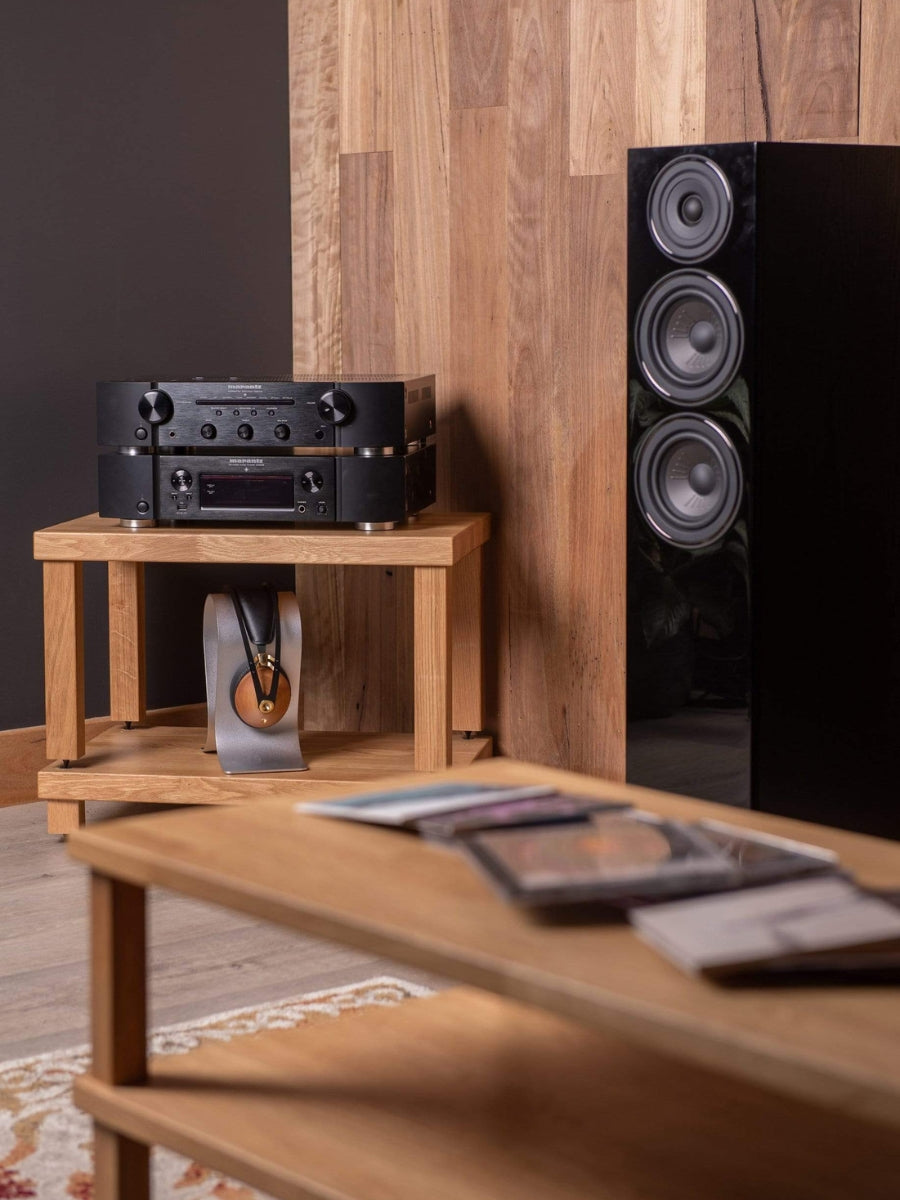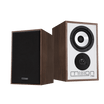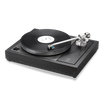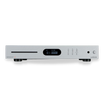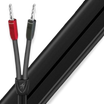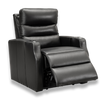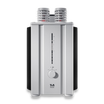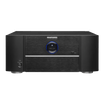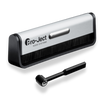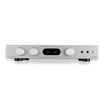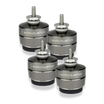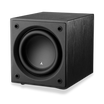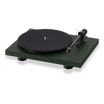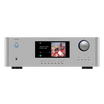Fully Balanced, From Input to Final Power Section
The benefits of balanced audio layout have long been understood: unlike a conventional layout, one half of the signal path is in the ground plane of either an amplifier or a cable, balanced working uses two conductors or paths - one for positive, the other for negative - and an entirely separate ground to protect them.
The benefit in cables is that any external interference will affect both positive and negative conductors, but since the signals they are carrying are the mirror image of each other, they will mutually cancel out any effect - which is why such cables are widely used in pro audio and studio applications, where sources of hum are common, and the longer cable runs involved makes them particularly prone to picking up interference.
The same is true when balanced working is applied to audio circuitry: not only does this mirror-imaging of the layout, in which identical components are handling the positive and negative 'legs' of the signal, cancel out any potential interference, it also means any noise or errors introduced in the circuitry will also be canceled out.
An additional benefit is that balanced working also uses stronger signals than unbalanced designs, simple because both halves of the circuit are active - rather than just having one half pushing and the other just providing the ground, here we have a 'push pull' operation. And a stronger signal means one less susceptible to any outside interference: the more signal there is, the less obvious any noise will be.
The PM-10 uses a fully balanced layout, from the input section all the way through to the final power amplifier section: it has two sets of balanced inputs, and also conventional unbalanced line-level inputs (plus a high-quality phono stage), the signal from these inputs being converted to balanced working before being passed through the amplifier.
By keeping the signal balanced all the way through the amplifier, and combining that with optimised power supply design, the Marantz engineers are able to achieve maximum noise rejection throughout the audio path, and the highest possible signal purity.
















